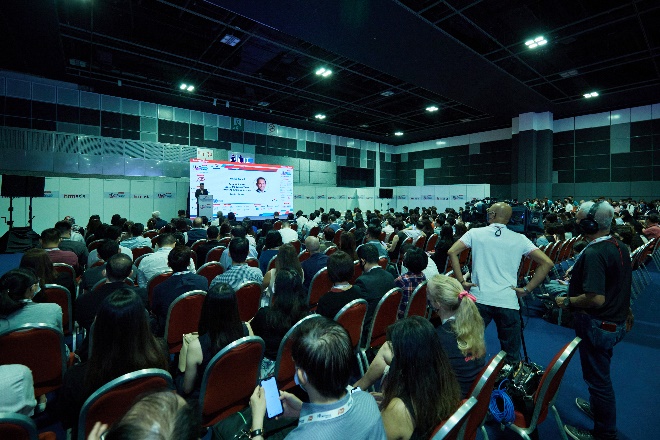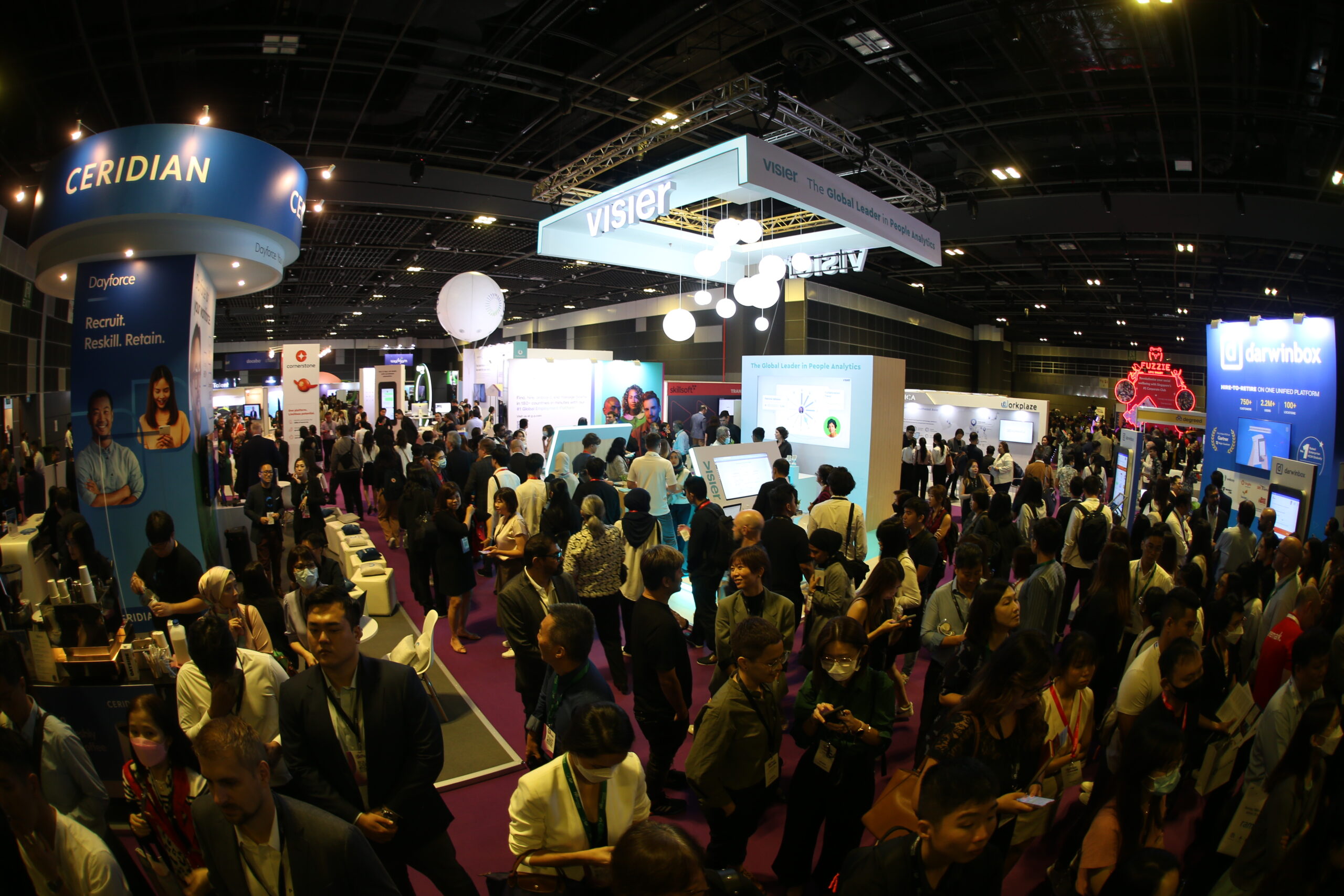Overcoming the HR pitfalls leading to high employee turnover

The long-term effects that many predicted from the pandemic and associated lockdowns are now taking shape. Companies have been severely nudged toward remote and hybrid working models, catering to the evolving expectations of employees and potential candidates. The days of the commute and the nine-to-five grind have been replaced by a need for flexibility, compassion, understanding, and the option to work remotely. With a recession now looming and the cost of living on the rise, HR departments are having to think very carefully about how they attract and retain talent, as well as keep their employees engaged and motivated.
According to the US Bureau of Labour Statistics, a good onboarding programme should ensure that 69% of employees stay on for at least three years, but a 90% retention rate is widely regarded as a good target for business. Alarmingly, more than a third of new employees in the US are quitting after just six months on the job.
India has similar issues. According to a survey by The Economic Times, more than 8 in 10 (86%) of respondents across a variety of age groups, industries, and seniority levels are planning to look for new career prospects in the coming months. In the UK, Gallup reported that only 25% of employees feel “strongly connected” to their company’s culture, and only a third feel like they “belong” at their organisation.
The problem with high turnover
This paints a very unfortunate picture for HR teams. There are obvious productivity and cultural challenges that come with high staff turnover, but there are financial challenges too. An employee’s departure costs the average business around 33% of their annual salary in advertising, recruiting, and training costs. With turnover so high, it is easy to see how this might turn into something of a financial black hole. So why are employees leaving? What has changed in the past few years that has increased turnover to such unpalatable levels?
The need for flexible working
According to a recent survey the option to work remotely is now regarded as essential by most employees. In the US, companies that support remote working in 2023 are experiencing 25% lower turnover, and around 23% of employees said they would happily take a pay cut in exchange for the option to work remotely. Remote working can be difficult for businesses to facilitate, but the message from employees is loud and clear, and now is the time for businesses to respond. But how?
For flexible working to succeed, employers obviously need to provide employees with the necessary tools and resources to work effectively from home. This includes access to reliable technology, such as laptops and high-speed Internet, and the software and applications required to perform their job effectively. However, it also requires that clear expectations around work schedules and communication protocols are established, setting guidelines for working hours, communicating deadlines and deliverables, and ensuring that employees have regular opportunities to connect with their colleagues.
Employee growth and advancement are key
Another factor contributing to employee turnover is the lack of career growth opportunities. In a recessionary environment, companies may be cutting back on hiring and promotion opportunities, leading to a stagnation in career development. This can make it difficult for employees to see a clear path to advancement, leading them to look for opportunities elsewhere. HR teams can address this by providing career development opportunities, such as mentorship programmes or training opportunities, to help employees develop new skills and advance their careers within the organisation.
Accessibility should be a top consideration
Accessibility is an important factor that is often overlooked when it comes to employee turnover and retention. Accessibility refers to the processes organisations put in place to ensure employees with disabilities have equal access to job opportunities and can perform their job functions seamlessly. When accessibility is not considered, employees with disabilities may face barriers that hinder their ability to work effectively, leading to frustration, disengagement, and ultimately, high turnover.

“As we navigate the changing landscape of work, it is important for businesses to adapt and respond to employee needs to ensure they are not only attracting, but retaining the best talent.” – Anjali Byce, Chief Human Resource Officer, STL.
For example, an employee with a mobility impairment may be unable to access the office building or may struggle to navigate the workplace, leading to feelings of isolation and exclusion. Similarly, an employee with a visual impairment may be unable to access electronic documents or software, leading to difficulties in performing their job functions. By ensuring that employees with disabilities have the tools, resources, and accommodations they need to work effectively, they can feel valued and included, which can improve job satisfaction and engagement, and lift morale across the board.
In summary, the challenges of remote and hybrid working, pressure from the upcoming recession, and lack of accessibility have created significant HR pitfalls that are leading to high employee turnover.
With the cost of replacing an employee being so high, it is essential for HR departments to focus on retaining their talent. Providing the necessary tools and resources for remote working, creating career growth opportunities, and ensuring accessibility are all critical steps HR teams can take to retain their employees. In doing so, organisations can benefit from a more engaged and motivated workforce, improved productivity, and better financial stability. As we navigate the changing landscape of work, it is important for businesses to adapt and respond to employee needs to ensure they are not only attracting, but retaining the best talent.
About the Author: Anjali Byce is Chief Human Resource Officer at STL.



